Microsoft knows about the 0x80070005 error that doesn't let users upgrade from Windows 11 Pro to Enterprise, and a fix is coming
Until you can try our guide.
3 min. read
Published on
Read our disclosure page to find out how can you help Windows Report sustain the editorial team. Read more
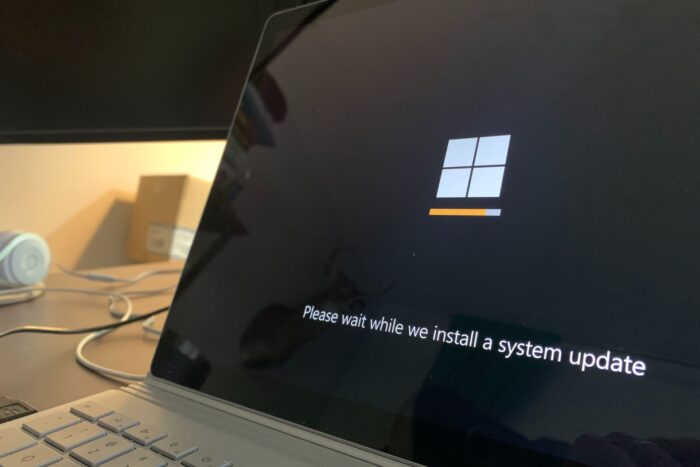
In the digital world, Windows 11 is a symbol of modern computing. But recently, an odd issue has caught the attention of everyone from casual users to IT professionals. Microsoft has recognized a problem in their system’s update process—especially when people try to move from Windows 11 Pro to Enterprise Edition.
Normally, this path is supposed to be easy and full of better functions, but it now encounters an obstacle marked by the “0x80070005” error code. A strange hiccup has arisen within the digital domain, where Windows 11 functions as a symbol for contemporary computing. This recent event has caught significant attention from casual users and professionals in the IT field.
It is correct that Microsoft acknowledges a snag exists, particularly when users attempt to promote their experience by upgrading from Windows 11 Pro to Enterprise edition; this trip, usually smooth and filled with promises of improved characteristics, now faces an impediment identified as the “0x80070005” error code.
The code may seem confusing, but actually, it translates to an “Access Denied” message. This can be a frustrating stop for people excited about using the special features of the Enterprise edition.
The complication’s origin lies in the April 2024 Patch Tuesday update, known as KB5036893. This update was not ordinary; it marked the arrival of Moment 5, a major feature upgrade for Windows 11 23H2.
Still, while it was a step forward, it also initiated problems, such as the popularly known error 0x80070005 during the Pro to Enterprise upgrade. Microsoft engineers identified this update as something that might be causing the problem.
This finding helps us better understand the matter but also raises questions about how strong these important patches are.
The symptoms for people trapped in this problem are clear. When they try to upgrade, it always fails, and we can see that easily through the LicenseAcquisition scheduled task inside Task Scheduler.
This is where you find “Access denied error (error code 0x80070005),” a strong indication of the barrier preventing upgrading. What does Microsoft say about this? They promise to solve it, waiting for a Windows update to fix the issue. Until then, you can also try our guide for this particular error.
However, this mistake is not the only one. The scenario in Windows 11 is now full of other problems, too. These range from a bug that causes high CPU usage related to the Phone Link app to an oddity where shared folders in OneDrive turn into internet shortcuts. Even the Photos app isn’t functioning properly due to conflicts with non-admin-based Windows groups or CSP policies.
Among these digital hardships, Microsoft’s dedication to solving such issues provides a small ray of optimism. This big tech company knows how to handle the complications of software updates and their unforeseen problems.
While users wait for the solutions, this story highlights the complex balance between progressiveness and steadiness in the operating systems sector. The story of moving from Windows 11 Pro to Enterprise, even if it got stuck for a while, shows that technology always changes and people aim for perfection in this digital era.

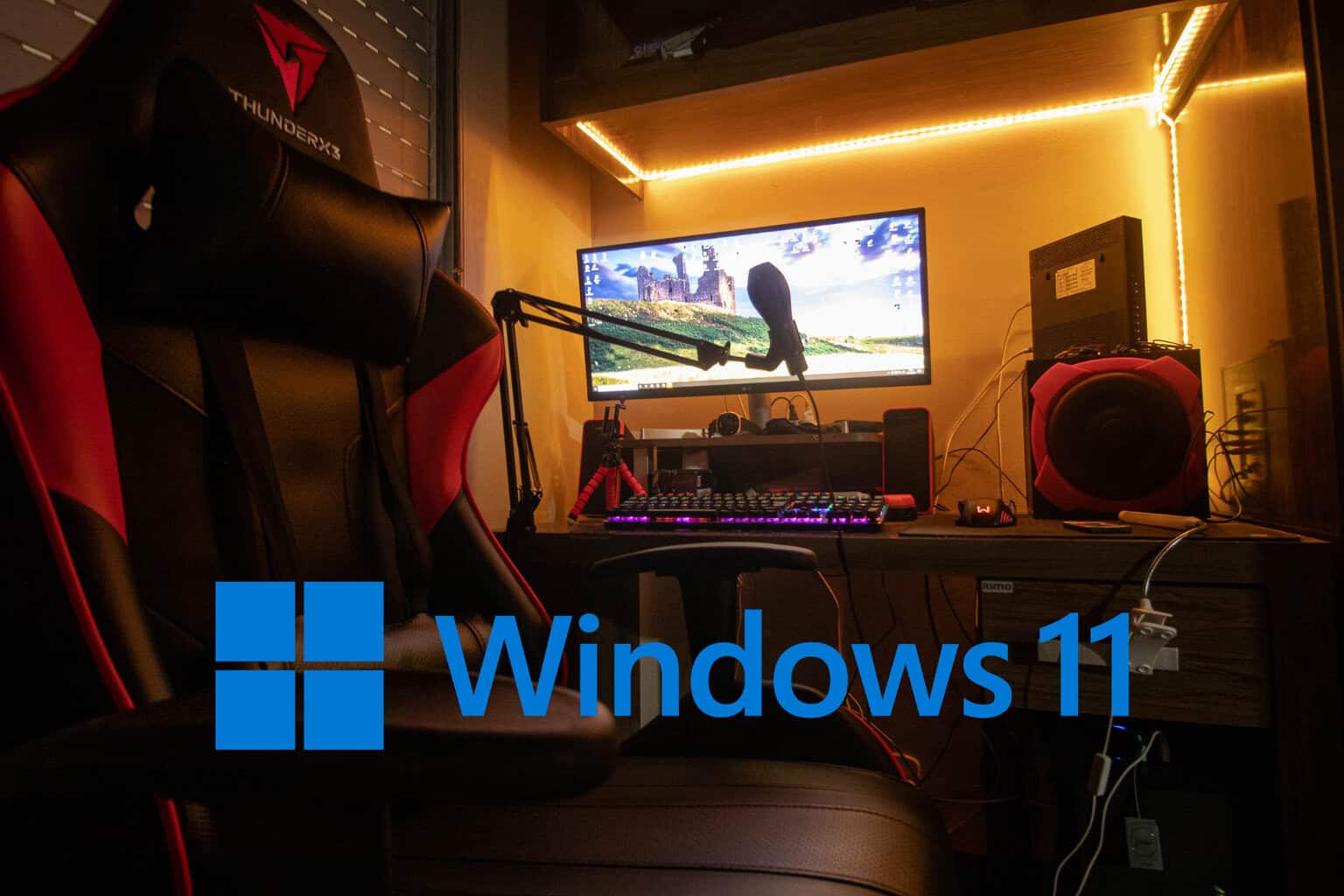
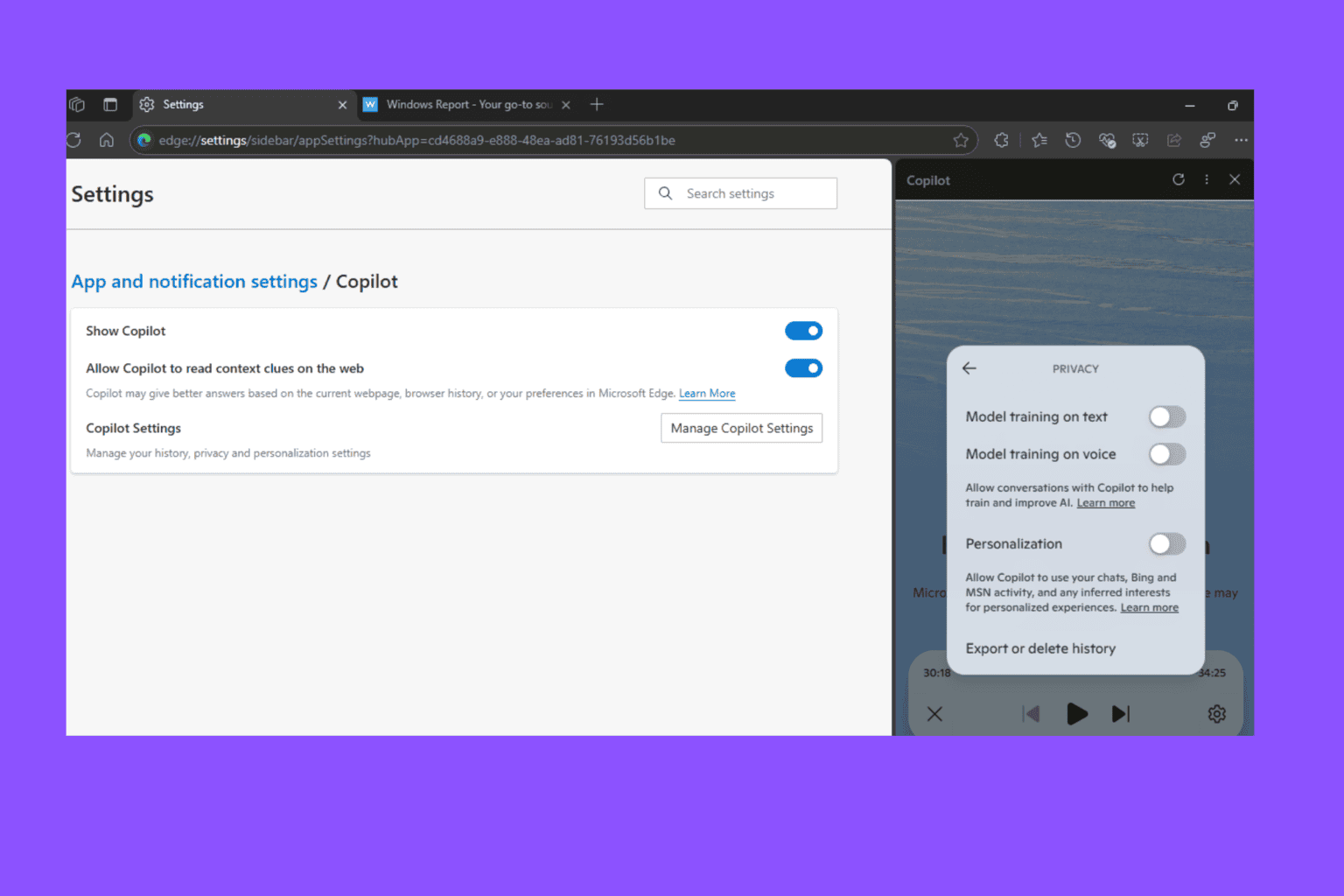


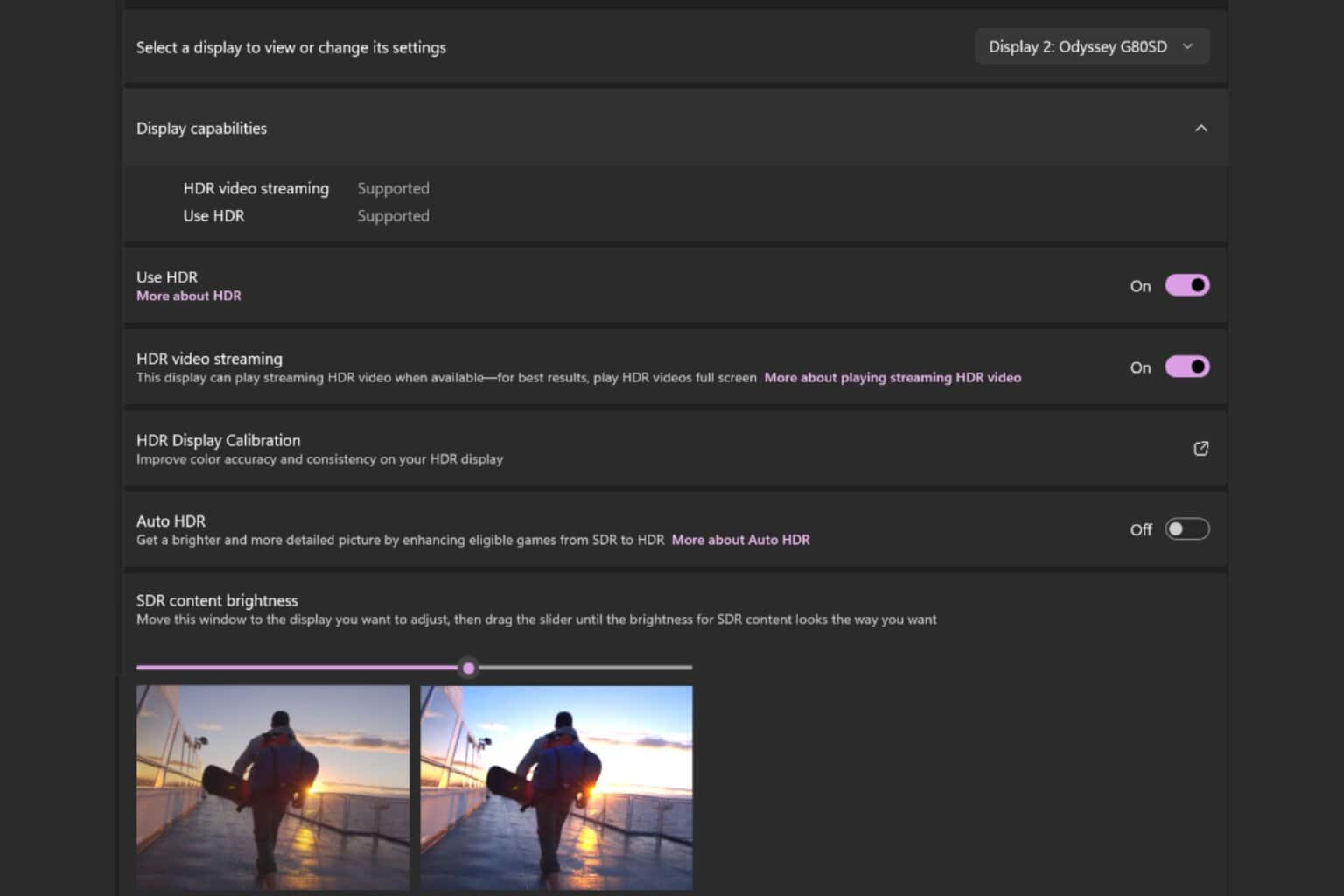
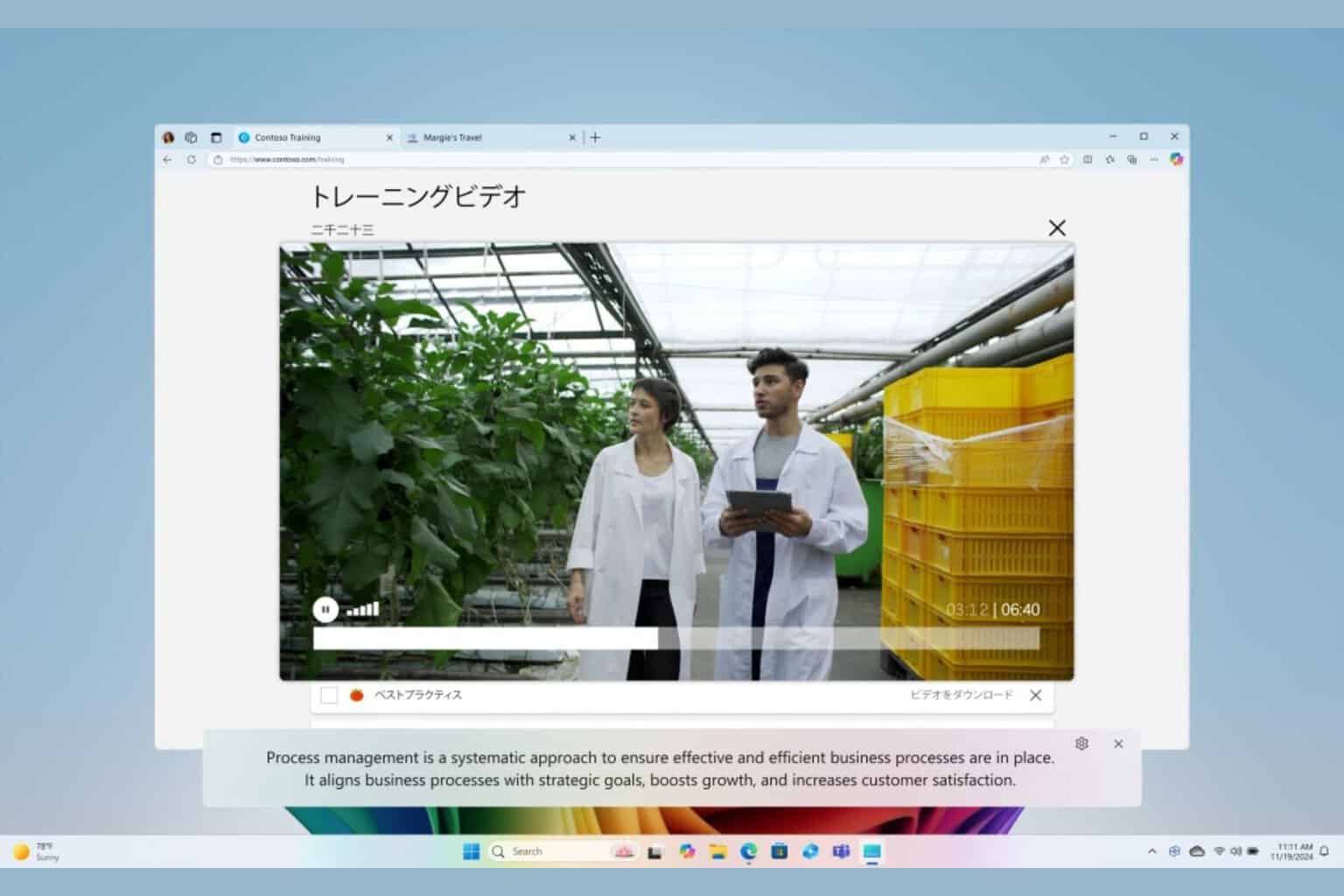
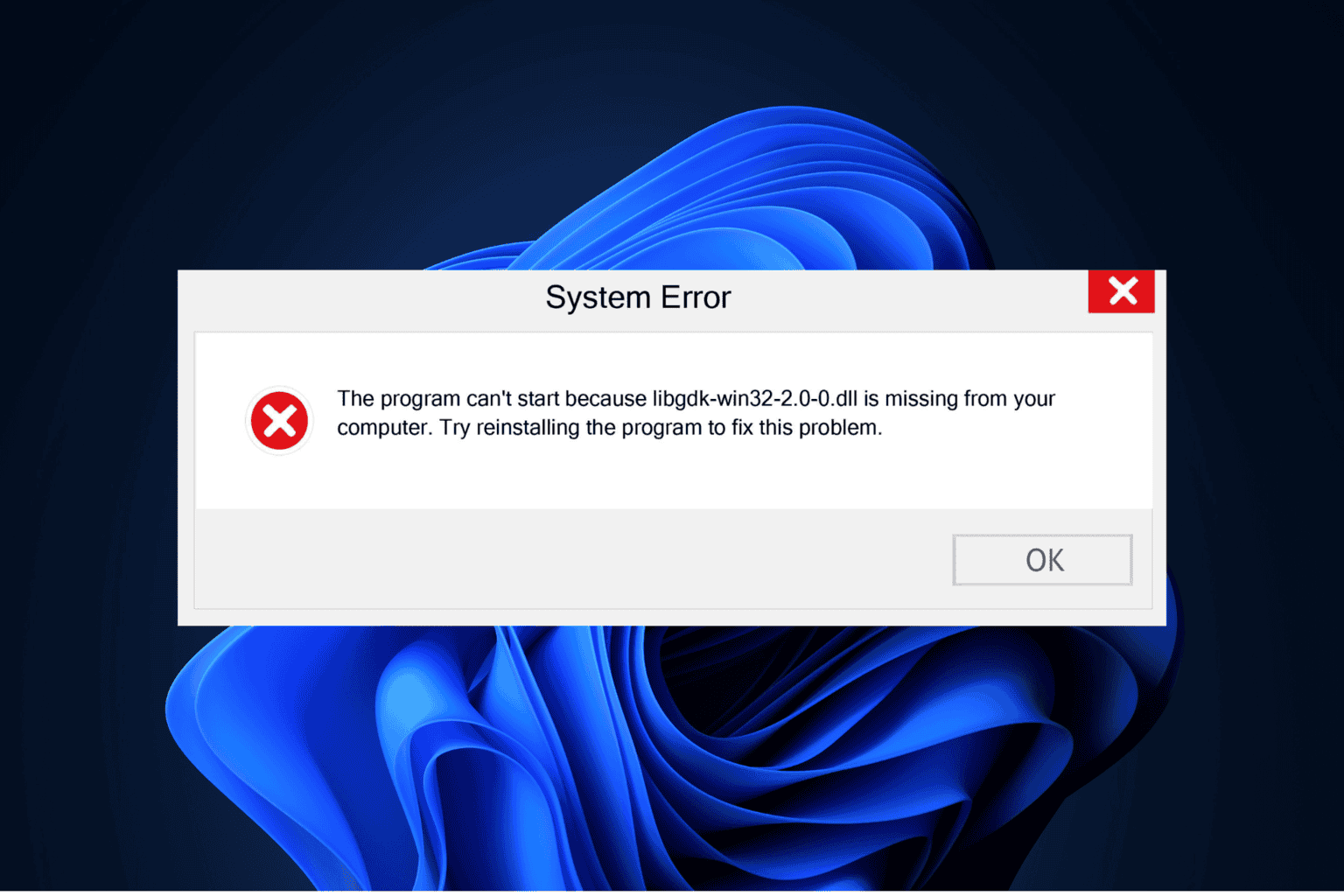
User forum
0 messages